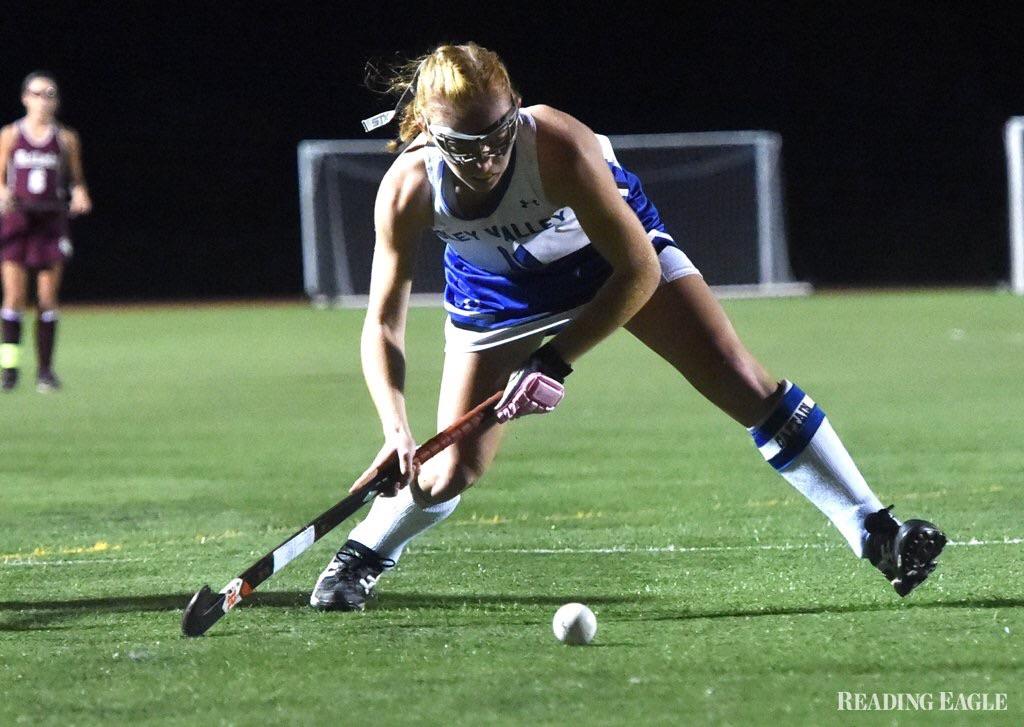
In the realm of sports, athletes engage in a myriad of activities, many of which are unilateral in nature. This means that these sports predominantly utilize one side of the body over the other. Examples include field hockey, lacrosse, baseball, tennis, softball, golf, and bowling, where one arm or leg takes precedence in performance. While traditional high school training programs often emphasize compound exercises like bench presses, deadlifts, power cleans, and squats, solely relying on these can lead to imbalances within the athlete’s structure.
The problem with a compound-focused approach is that it can exacerbate these structural imbalances, potentially resulting in posture issues and weakness on the non-dominant side of the body. While compound exercises are undoubtedly beneficial for overall strength and power development, they may not adequately address the specific needs of athletes in unilateral-dominant sports.
To counteract these imbalances, incorporating unilateral exercises into training regimens becomes imperative. By targeting individual limbs or sides, unilateral training helps address weaknesses and promote symmetry within the athlete’s physique. Often overlooked areas like the hips and ankles play a crucial role in athletic performance and are prime targets for unilateral training.
Among the many benefits of unilateral training are enhanced balance and core stability, as each side of the body must work equally. This type of training is particularly advantageous for athletes who frequently find themselves exerting force while standing on one leg. Moreover, unilateral upper-body movements engage the core to prevent unnecessary torso rotation, further enhancing stability and reducing injury risk.
Research consistently shows that unilateral exercises yield improvements in athletic performance, core activation, joint stability, and neuromuscular coordination. These exercises contribute to enhanced jumping ability, sprint performance, maximum strength, agility, and balance.
In summary, unilateral training plays a crucial role in addressing the specific demands and deficiencies brought about by unilateral-dominant sports. While bilateral strength training remains important for developing the kinetic chain, a balanced approach that incorporates both unilateral and bilateral exercises is essential for optimizing athlete performance and reducing injury risk.
At Xcellerated Speed Training, we specialize in crafting tailored strength training programs to address the unique needs of athletes. Contact us today to take your training to the next level and unlock your full athletic potential.

